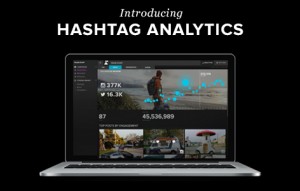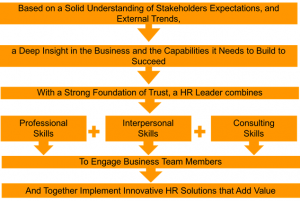There is a lot of digital transformation in the role of HR, and everybody talks about how technology is changing the world.
Some of the questions for the HR tech industry in 2020 and beyond are:
- How can HR be ready for the future?
- How will HR look in a couple of years from now?
- How are we going to build a system in the HR function that makes people more productive?
According to Josh Bersin,
“The purpose of technology today is not to automate that we do already on paper; it’s to make the experience better.”
There is a rapid evolution in every HR domain, be it payroll, recruiting, tech, or work.
Every technology solution company is trying to make an operating model or a framework to make its products future-ready. As we think about the future, we think about what is next, and we want to make sure that our clients can tackle future problems.
Companies are looking for an environment that creates a high level of engagement and performance.
To help you stay updated on the changes, let’s find out what is changing in the HR technology.
-
Integration of Core Four Functions
The human resource department plays a variety of roles and activities across various core organizational functions.
The HR department has many essential functions in the organization. These functions help us know about the organization’s current position and what it needs to do to be successful in the future.
There are four pillars of HR technology functions, without which it is hard to survive for HR teams. These functions are recruitment, human capital management, benefits management, and learning management.
These functions help them plan, direct, control, and organize and play a vital role in improving HR productivity.
HR journey has changed dramatically from paperwork to holding senior leadership positions in the company. But even today, finding the right fit and high-quality talent is a significant challenge.
Companies that are using Applicant Tracking System (ATS) are more likely to hire the best candidates. New technologies allow you to achieve recruiting objectives, simplify the processes, and enable recruiters to focus on what matters the most.
If we can connect the ATS and the screening process, this integration can significantly help the HR teams save a lot of time.
Another critical area is employee retention, which involves strategic actions to keep employees focused and engaged so that organizations can make progress.
Benefits that your company offers is also one of the most crucial aspects because it helps companies to attract, retain, and improve their brand value.
The Learning Management System system allows you to track, report, and automate your online training initiatives.
Organizations can significantly enhance employees’ skills by using LMS, especially during COVID-19.
All of the activities involved lead to the overall improvement in the production and performance of the company.
-
Choosing the Right Partner
We are always looking for someone good in strategic planning, someone who can look at problems with new dimensions and solve them quickly. Technology can certainly help because people, who are tech-savvy and able to adapt to changing digital landscapes, can create impact.
Selecting the right partner is challenging due to the availability of many products and services in the market. Making a wrong decision can increase the overall expenses of the business and lead to loss of productivity.
The vendors who are going to make the experience better are going to make space in the complex hiring world. Choose the right vendor, who is an expert in their domain, because they understand innovation with tried and tested methods.
You must first consider the business requirements, make parameters, and list the things that technology can answer. Assess the solution beyond functionality parameters also, such as customer service, user support, and business relationships.
When you have relationships in the business, you know they will be there when you need them.
-
Choose Flexible Solutions
There is a continuous discussion in the HR industry, whether they should choose a single suite HR application or the best solution available in the market.
Imagine if you could improve productivity and save time for the entire HR processes and simplify the processes.
The single suite application approach offers one solution for managing all HR processes. And on the other hand, the best in class solution approach focuses on building a dedicated platform for specific HR functions such as recruiting, learning, benefits, etc.
Best of the breed solution is a dedicated approach because its core focus is on one area and provides superior user experience and better results than single-suite solutions.
So, as an HR leader, you have to stay informed on the current HR tech industry to make choices that have a long-lasting impact on the organization and its people.
Before choosing the right solution, the HR leader must consider this: Is the system easy to use? Does it make us more productive? Does it integrate with our applications, and does it connect other people automatically?
We are in a very complex environment and have a lot of information, and if the HR experience is not smooth, the chances are we have opted for mediocre solutions.
So, the quality of decisions we make will dramatically help us improve as we adopt digital technologies.
Business & Finance Articles on Business 2 Community
(47)
Report Post







